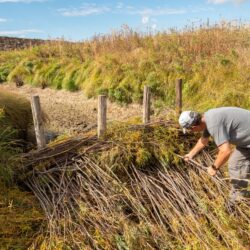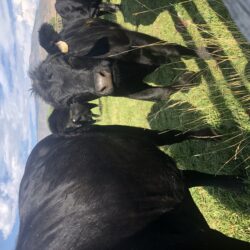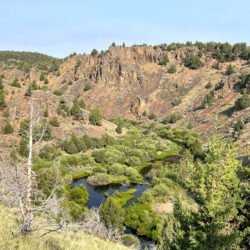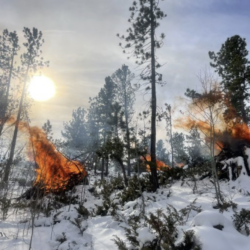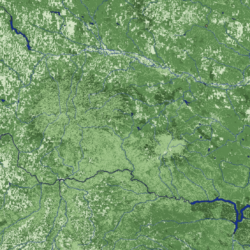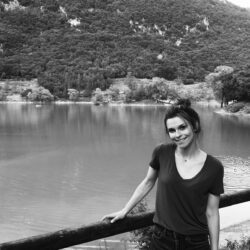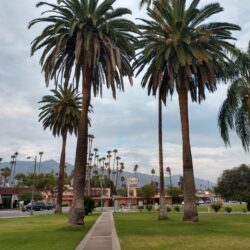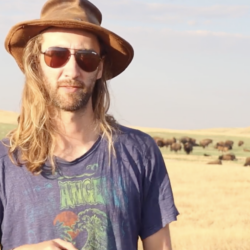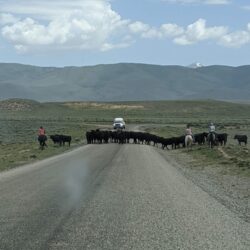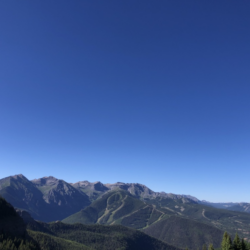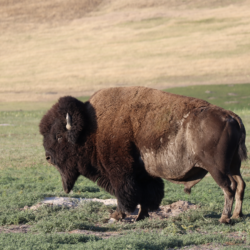Evaluating Mesic Restoration Efforts in Montana with Geospatial Tools
In conjunction with The Nature Conservancy-Montana (TNC), Montana Conservation Corps (MCC), and World Wildlife Fund (WWF), our team is creating a protocol to evaluate the impacts of low-tech structures, sometimes referred to as beaver dam analogs, that have been installed in central Montana. This protocol will leverage GIS and remote sensing technologies, challenging our team Read more about Evaluating Mesic Restoration Efforts in Montana with Geospatial Tools[…]

